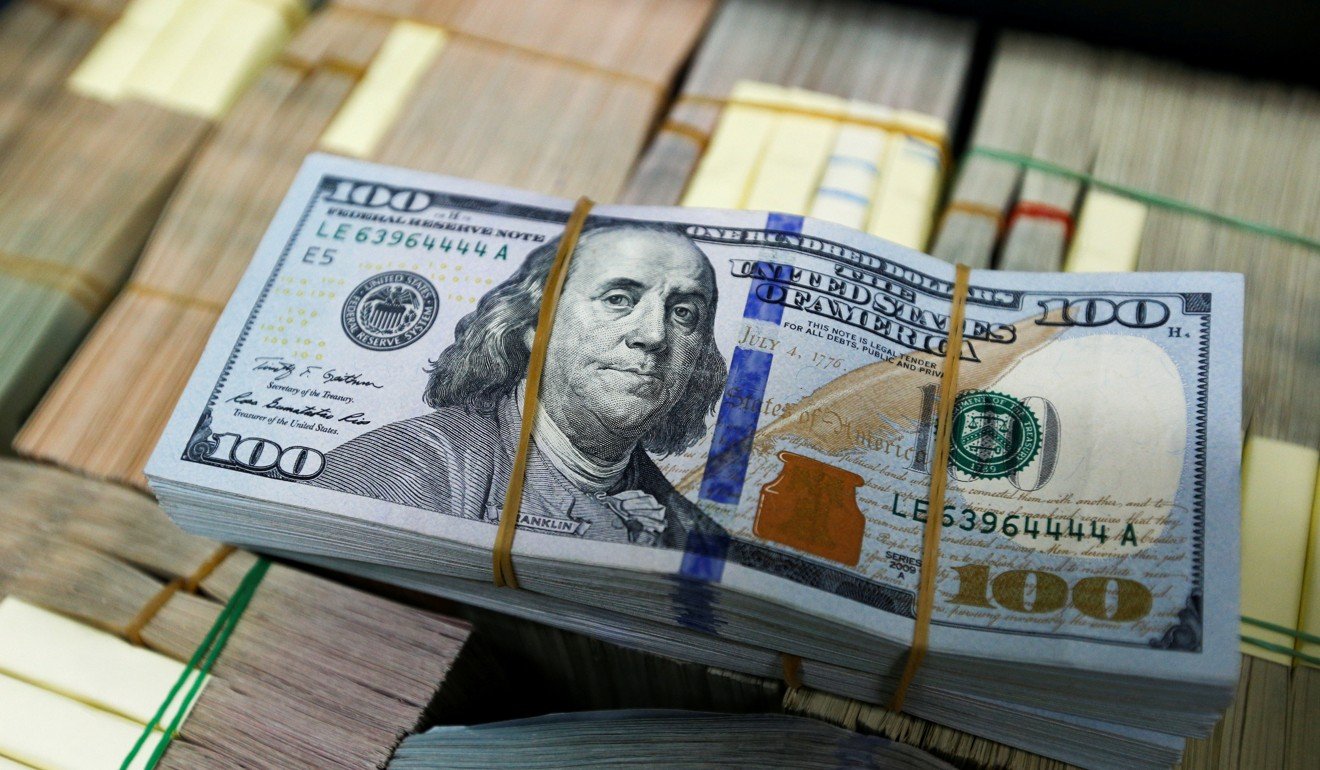
Hong Kong’s HK$1.835 trillion reserve stockpile is so big, it’s actually hurting
Among the issues, it is time to ask both the government and the HKMA how much is needed in the Exchange Fund to defend Hong Kong’s linked currency system

Is Hong Kong’s government loaded? My answer is a definite yes.
According to recent data released by the Financial Services and Treasury Bureau, the fiscal reserves held by the Hong Kong government stood at HK$1.12 trillion in February 2018. If the accumulated surplus of the Exchange Fund, that amounted to HK$715 billion at end-2017, is added to the existing fiscal reserves, the government is now sitting on an overwhelming HK$1.835 trillion in total reserves.
From whichever angle we look at it, this amount of reserves is astronomical for a tiny island with roughly a population of 7.4 million people.
Unfortunately, the above calculation was questioned by the Financial Secretary, Paul Chan Mo-po at the Redefining Hong Kong debate organised by the South China Morning Post. Chan bluntly told the audience that the Exchange Fund’s accumulated surplus is intended for defending the Hong Kong dollar’s peg to the US currency. Therefore, this part of reserves is “untouchable”.
I agree with Chan that the creditability of the Linked Exchange Rate System (LERS) is related to the reserves held by the government. In this particular perspective, it appears that the higher the reserve is, the stronger is its credibility.
However, it is also important to consider the cost of holding excessive reserves, in particular, the LERS has already been substantially strengthened by the “seven technical measures’ that were implemented by the Hong Kong Monetary Authority (HKMA) in 1998.
As is well known to many financial market experts and participants, the LERS used to be vulnerable to massive capital outflows, which might lead to a larger than normal increase in the Hong Kong Interbank Offer Rate (Hibor). Consequently, the local asset markets would be adversely influenced. Nevertheless, the introduction of the “seven technical measures” has enlarged the monetary base, making it extremely difficult for Hibor to have a sudden surge.
Moreover, with the removal of the restriction on repeated borrowings, this has provided the guarantee that local licensed banks can freely access the HKMA’s discount window when needed. Thus, the liquidity crunch in the banking sector can be avoided.

As I was one of the scholars who helped formulate the “seven technical measures,” I am fully aware that the strength of the Hong Kong dollar’s peg relies on the HKMA’s commitment.
With the establishment of the strong- and weak-side Convertibility Undertakings, the HKMA has already displayed its stern commitment to maintain the stability of the LERS.
Furthermore, according to one of the “seven technical measures”, new Exchange Fund paper can only be issued when there is an inflow of capital. In other words, all new Exchange Fund paper is fully backed by foreign currency reserves. Interestingly, as of today, all Exchange Fund bills and notes are more than 100 per cent backed by highly liquid US-denominated assets. This suggests that if several massive influxes of capital since September 2008 suddenly exits Hong Kong, the HKMA will be able to fully satisfy the conversion demand. In light of the aforesaid situations, I believe that the current peg is almost impeccably perfect. In my opinion, both the government and the HKMA should not view the total HK$715 billion accumulated surplus of the Exchange Fund as “untouchable”, particularly that Carrie Lam’s government has constantly vowed to the community that reserves will be employed to improve people’s livelihood and to invest for the future.
As an economist, I evaluate things in terms of costs and benefits. Now, it is time to ask both the government and the HKMA a question: What is the optimal amount of reserves needed to defend the Peg, given the fact that the current LERS has already been considerably strengthened over the past 20 years? My hunch tells me that a HK$715 billion accumulated surplus in the Exchange Fund is way over the optimal level.
Andy Kwan is director at the ACE Centre for Business and Economic Research in Hong Kong